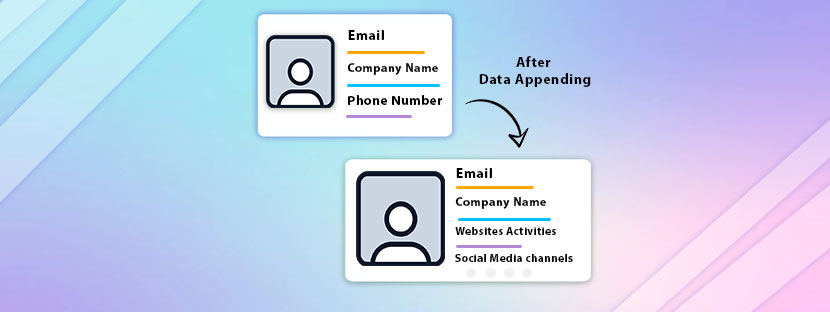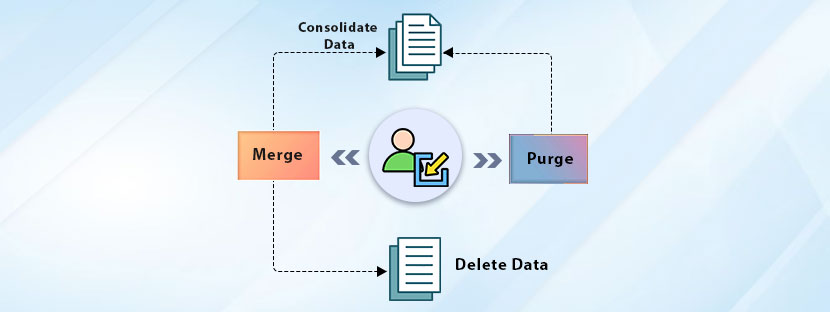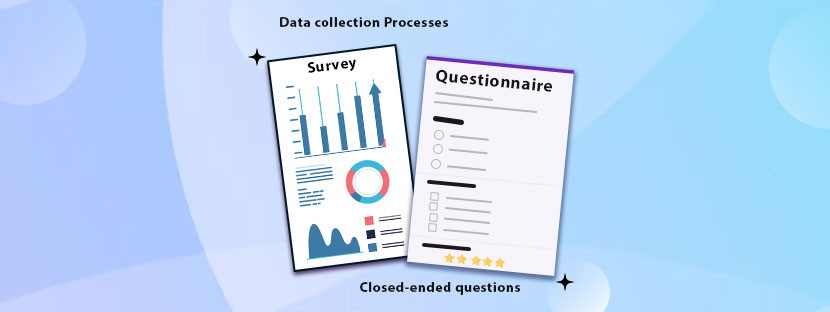In This Article
Honestly speaking, you can do business research on anything.
In companies, the sole purpose of conducting business research is to check where money can be spent. And obviously, it is to increase sales, profit, and market share.
Every business wants to make smart moves. For that, businesses are developing intelligence nowadays, using market data. Market research is the biggest weapon here that brings market data to businesses.
We’re going to explore what business research methods are available to you in this blog.
Shall we start?
Business research means customer research + market research
Gut feeling does not work in businesses; data and insights work. Business research is something that brings data to organizations. Using that data, insights are being extracted and utilized to make decisions.
Combining customer research and market research together completes business research.
Because the aim of the market research is to understand to thing, if we consider it from a company’s perspective. At first, it’s an attempt for companies to understand the market where they’re operating. And second, to get a deep insight into their target customers’ minds.

Let’s talk about it one after another.
I. Market research
If there is any umbrella term that could define business research in a short then it would be “market research”. Businesses conduct market research to extract every single insight that they need.
Market research comes with a wide range of business research techniques. It includes surveys, target group assessment, reading published documents, etc.
Purpose of market research
The goal of conducting market research is to collect data and insights about customers. It helps businesses to make informed decisions, improve performance levels, and manage risks to some extent.
Market research clearly shows what customers really need and what they want. From customers’ perspectives to insights into pricing and branding, market research is there for all. Your business will remain competitive if you conduct market research thoroughly.
To stay grounded in the competitive environment, you need to adopt strong strategies. Market research is your way to get that. It provides you with strong support for your business and helps you gain a competitive advantage.
II. Customer research
Understanding who your customers are and why they come to your business is vital. It will help you meet their demands and increase your sales. Customer research is the exact tool that you need at this time.
Collecting feedback from your customers is the best possible measure to understand your customers’ perspective. You need to wear their shoes to understand their landscape when you assess them. Accept customers’ opinions and feedback directly. Invest time in them to understand what their expectations and needs are.
Purpose of customer research
Provide complete satisfaction to your customers at various levels. But first, you need to assess how much you satisfy them. Conducting business research provides you with a way to measure customer satisfaction levels.
Achieving complete customer satisfaction while having a competitive advantage is the main aim behind business research, right?
After understanding the purpose, it’s time to understand how the market research should happen. The segment below will explain two streams of business research in an elaborate manner.
Qualitative market research
In business research, qualitative research plays the dominant role. It involves gathering data from open-ended conversations. Not only understand what their audience is saying, but it also allows researchers to know why the audience is saying that.
Responses matter the most in qualitative research. Depending on the responses, in-depth information is being extracted. Qualitative research includes interviews, focus groups, content analysis, etc.
Taking all these measures helps researchers understand what their customers want. Knowing what motivates customers to buy is important. You can use that to increase your sales and revenue capacity. At present, we mostly deploy the following measures to conduct detailed business research.

Focus Groups
Consider taking a group for your business research and analyzing their opinion. That’s how a focus group study works in business research. Mostly like selecting a small group and providing the group with the utmost importance.
To collect data from focus groups, various online survey tools are being used. It helps the flow move forward. Mostly big brands, before launching any products, conduct a test on focus groups.
Let’s understand this concept using an example of a mobile phone brand. Before launching a new set, mostly these brands conduct a test on their selected focus groups. They discuss with them about the screen size, set color, features, and other various things.
Conducting a focus group assessment is like opening up a new dimension of possibilities. This method enables a researcher to dig deeper to fix what the target market is focusing on. In this case, scree size, color, features, etc. Once the identification is done, companies can update their product line and aim to launch the product as per customers’ demand.
Interviews
Similar to surveys, interviews are typically an exchange of questions and answers. However, one of the great things about an interview is that you can ask open-ended questions. The person you’re interviewing can explain anything to you. All you need to do is make a note of it. It’s not like a multiple-choice type of answer. The answers can go in any direction.
Plus, you do have the freedom to choose questions to any extent. Not necessarily a one-liner, but your questions can be of any type. Be in one line or a paragraph, it doesn’t matter.
Typically, interviews are conducted to gather opinions. Business researchers conduct interviews with top industry leaders to get their views and opinions on various market aspects.
Ethonographic Research
If you ask what the most challenging method is for doing qualitative business research, business researchers will tell you that ethnographic research.
Even if it’s complex but the end results are worthy. You could have the most precise results from this mode of research. Mind one thing, the research will take time, and the researchers have to adapt to the natural environment to collect data from the target audience.
Ethnographic research will reveal;
▶ Cultural nuances
▶ Challenges of a particular culture
▶ Things happening in a particular setting
Researchers have to spend a decent amount of time in a natural setting to observe patterns. Basically, the researchers will note the first-hand experiences while staying in that position for a prolonged time.
Website Visitor Profiling
Every company has a dedicated website. Companies use websites to reach online audiences. From promoting products to making announcements, websites play a major role in tracking the activities of online audiences.
Your website visitors are your potential customers. You need to keep them tracked in a flow. Tracking their online behavior on your website will help you provide them with a frictionless experience. Ultimately, you need to provide them with the information and experience that they are looking for.
Popularly, this method of collecting website visitors’ information is known as a website intercept survey. This process collects information of your website to understand visitor intention, behavior paths, and understand the metrics to measure visitors’ satisfaction.
◉ Collecting cookie information can help get the users’ information
◉ Assessing the website heatmap helps understand where the visitors are staying
◉ Visitors sometimes leave emails and contact details on the website.
Understanding their behavior helps the marketing teams to draw patterns in their promotional measures. Also, this research enables researchers to use data effectively to understand customers’ intent. In return, companies can develop more refined strategies to satisfy them.












